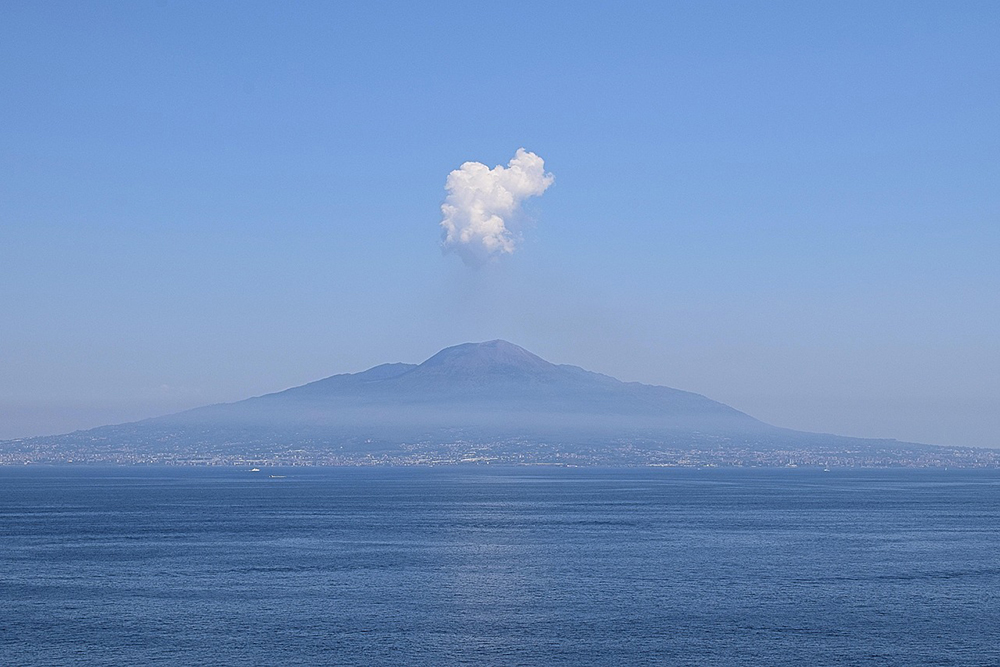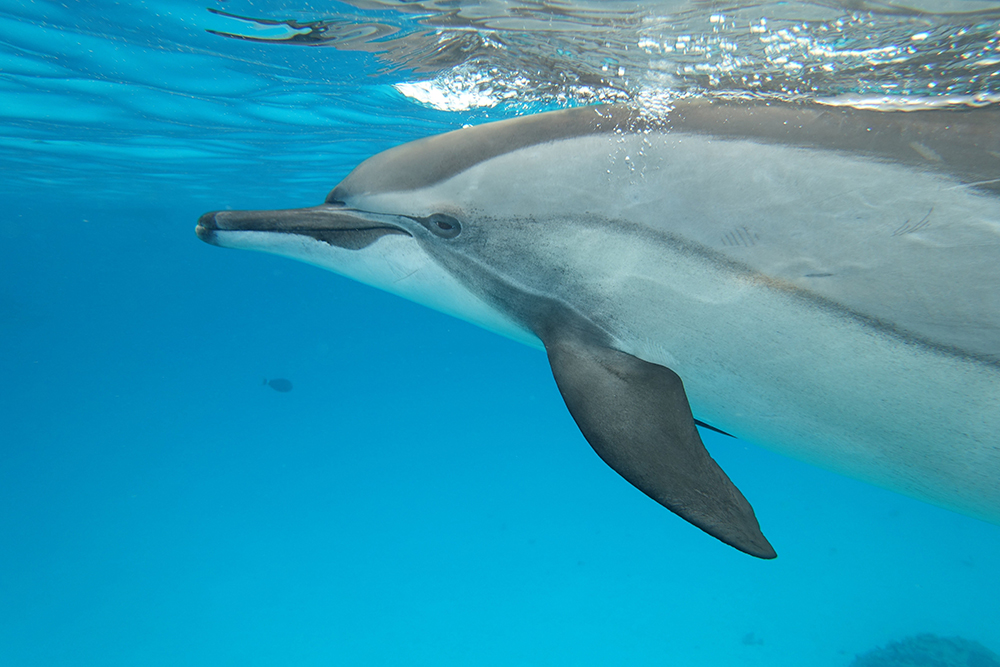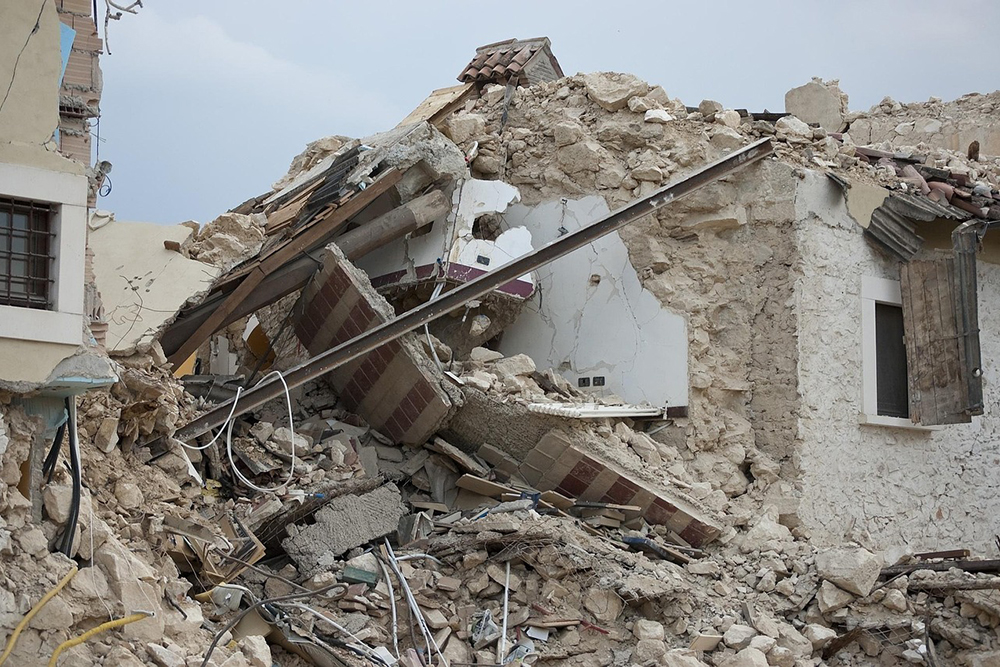
Bottlenose Dolphin
Italy is home to a diverse array of marine life. Among the most captivating inhabitants of its coastal waters are the bottlenose dolphins (Tursiops truncatus). These charismatic creatures have long fascinated scientists, conservationists, and admirers alike with their intelligence, social behavior, and acrobatic displays. In this article, we delve into the world of bottlenose dolphins in Italy, examining their habitat, behavior, and the conservation efforts aimed at safeguarding their existence.
Habitat and Distribution:
Bottlenose dolphins are highly adaptable mammals found in a variety of marine habitats worldwide, including coastal waters, bays, estuaries, and open oceans. In Italy, they inhabit the Mediterranean Sea, particularly along the country's extensive coastline. The warm, nutrient-rich waters of the Mediterranean provide ample food sources for these dolphins, including fish, squid, and crustaceans.
Key habitats for bottlenose dolphins in Italy include the Tyrrhenian Sea, the Adriatic Sea, and the Ionian Sea. They are often encountered near the coasts of Sardinia, Sicily, and the Amalfi Coast, where the topography and underwater geography support diverse marine life.
Behavior and Social Structure:
Bottlenose dolphins are highly social animals known for their complex social structures and communication skills. They live in groups called pods, which can vary in size from a few individuals to over a hundred, depending on factors such as food availability and social dynamics.
These pods exhibit strong bonds, with individuals often forming long-lasting relationships characterized by cooperation and mutual assistance. Dolphins communicate through a sophisticated system of clicks, whistles, and body language, allowing them to coordinate activities such as hunting and navigation.
In addition to their social interactions, bottlenose dolphins are famous for their playful behavior, which includes leaping, bow-riding (surfing in the wake of boats), and acrobatic displays such as breaching and tail-slapping. These behaviors not only serve social and recreational purposes but also play a role in learning, exploration, and establishing hierarchies within the pod.
Threats and Conservation Status:
Despite their widespread distribution and adaptability, bottlenose dolphins face various threats in their natural environment. Human activities such as overfishing, pollution, habitat degradation, and accidental entanglement in fishing gear pose significant challenges to their survival.
In Italy, like in many other coastal regions, dolphins are particularly vulnerable to the impacts of human activities. Coastal development, increased maritime traffic, and pollution from industrial and agricultural sources threaten the health of marine ecosystems and disrupt the dolphins' habitat.
To address these threats and conserve bottlenose dolphin populations in Italy, various conservation organizations, research institutions, and government agencies are actively involved in monitoring, research, and outreach initiatives. These efforts aim to raise awareness about the importance of marine conservation, mitigate human impacts on dolphin habitats, and implement measures to protect critical areas and species.
Conservation Efforts and Initiatives:
Conservation efforts focused on bottlenose dolphins in Italy encompass a range of strategies aimed at promoting sustainable coexistence between human activities and marine ecosystems. These initiatives include:
Research and Monitoring:
Scientists conduct studies to better understand dolphin populations, behavior, and habitat use, using techniques such as photo-identification, acoustic monitoring, and satellite tracking.
Habitat Protection:
Efforts are underway to establish marine protected areas (MPAs) and enforce regulations to safeguard critical habitats for dolphins and other marine species. These protected areas serve as refuges where marine life can thrive free from human disturbance.
Public Awareness and Education:
Outreach programs, school initiatives, and public events raise awareness about the importance of marine conservation and the role of bottlenose dolphins in marine ecosystems. By fostering a sense of stewardship among local communities and visitors, these efforts promote responsible behavior and sustainable practices.
Collaborative Partnerships:
Collaboration between government agencies, NGOs, research institutions, and local communities is essential for effective conservation action. By pooling resources, expertise, and knowledge, stakeholders can develop comprehensive conservation plans and implement coordinated strategies to address pressing threats to dolphin populations.
Conclusion:
Bottlenose dolphins epitomize the grace and beauty of marine life, captivating generations with their intelligence, sociability, and playful demeanor. In Italy, these magnificent creatures inhabit the azure waters of the Mediterranean, where they face a myriad of challenges amidst a backdrop of human activity.
However, through concerted conservation efforts and collective action, there is hope for securing a brighter future for bottlenose dolphins in Italy and beyond. By fostering a deeper understanding of their ecological significance and promoting sustainable practices, we can ensure that these enchanting creatures continue to grace our seas for generations to come.







